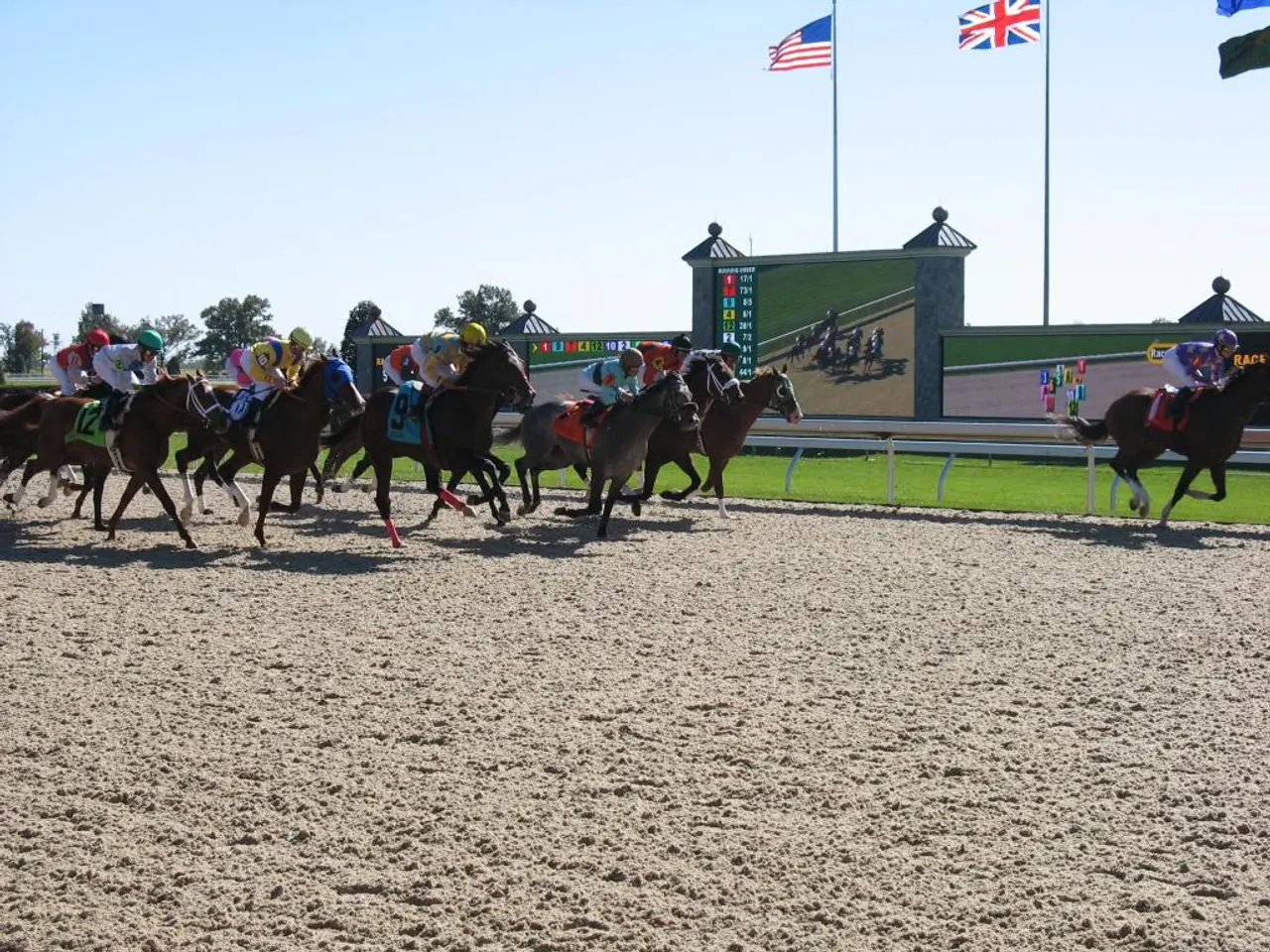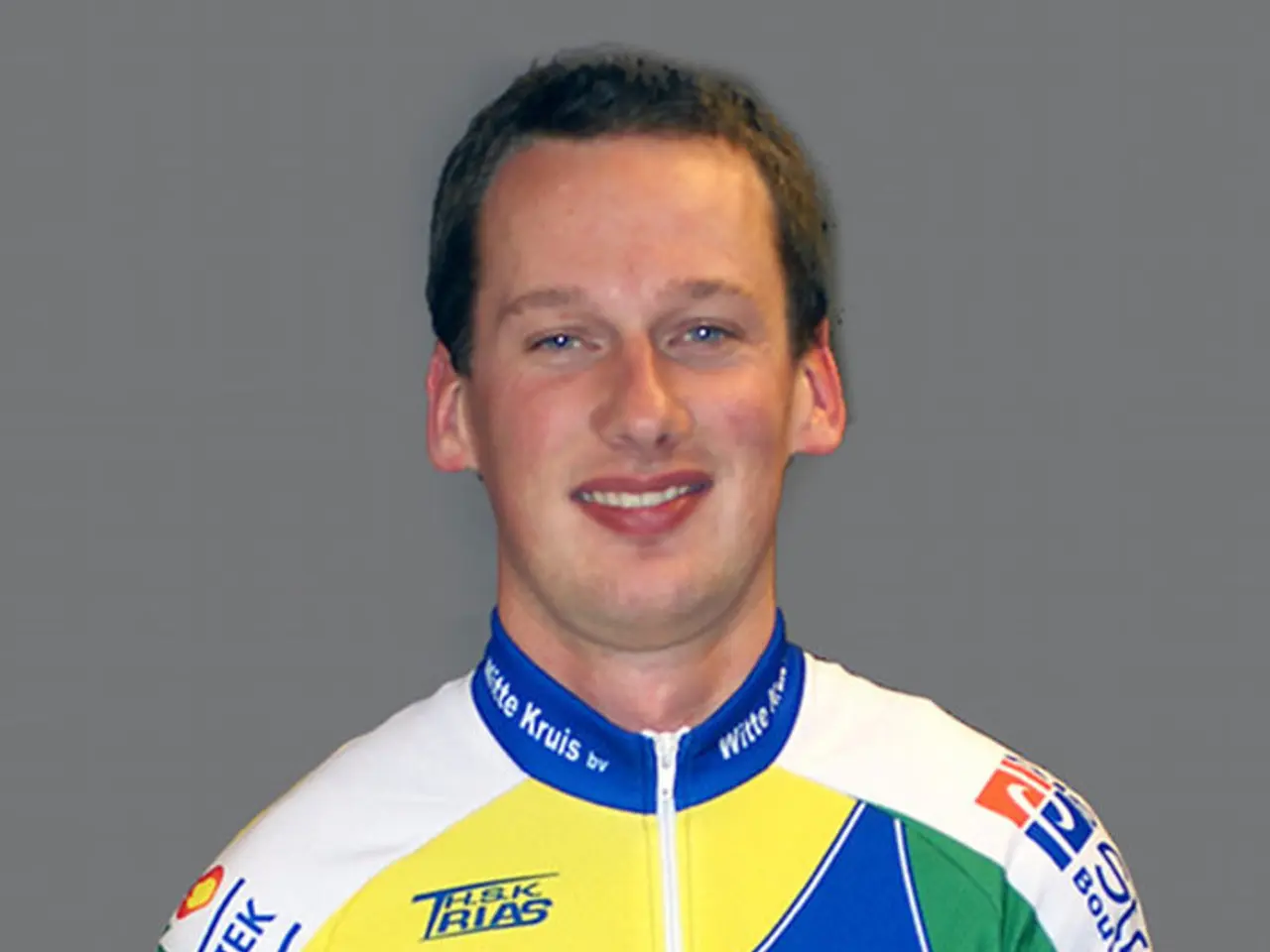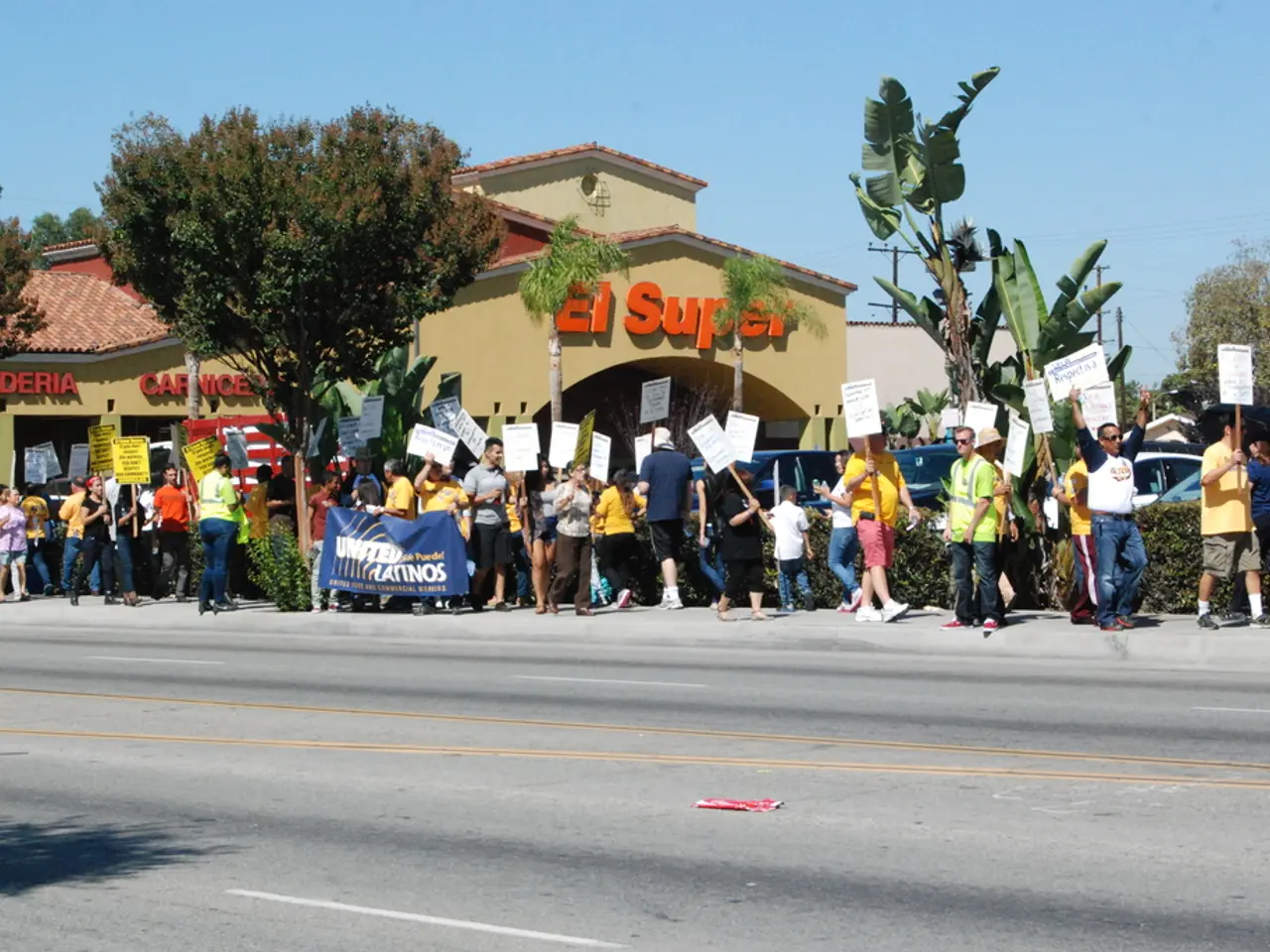Horse racing's Grand National at Aintree to commence with a lower number of participants in 2024 due to changes in the racing regulations.
The British Jockey Club, in collaboration with the British Horseracing Authority (BHA), has unveiled a series of safety measures aimed at improving conditions for both horses and jockeys participating in the challenging Grand National horse race.
The measures, effective from next year, include the use of specially designed foam-padded whips to minimize harm to horses, raceday procedures and safety protocols, and a focus on the mental and physical health of the human workforce.
The new whips, developed with input from the RSPCA, are air-cushioned and energy absorbing, and their use is strictly controlled. They are permitted only for safety and encouragement, with any coercion prohibited. Before races, these whips are inspected to ensure they are in good condition.
In terms of raceday procedures, no galloping of horses is allowed when machinery is operating on the track, preventing dangerous situations during race preparations.
The BHA and Racing Welfare also address the mental and physical health of the human workforce, recognizing that a healthy workforce is critical to horse care and safety. A 24/7 support line is staffed to assist with mental health and financial issues.
Other measures include moving the first fence 60 meters closer to the start, the introduction of a standing start, the relocation of the running rail to the inside of the course, and more watering systems being added to the course. The Grand National will also see a reduction in the number of horses starting, with only 34 horses set to compete from April 13, 2024, instead of 40. The minimum handicap for horses has been increased from 125 to 130.
These changes are necessary, according to Nevin Truesdale, Chief Executive of the Jockey Club, for the sport's progression and its continued thriving for future generations. The Grand National, one of the world's most heavily bet-upon horse races, generates an average betting turnover of £250 million (€282.5 million) in sports betting in the UK alone.
Despite ongoing relaxations since the 1980s and limits on the number of horses, the reforms have had little impact. The reduction in horses aims to enhance safety and well-being of racehorses and jockeys, following an analysis of the race. The height of the 11th fence will be lowered, and softer take-off boards will be installed on the take-off side of each fence.
However, the ongoing controversy surrounding the Grand National is not just due to its long-standing tradition, but also because of its lucrative nature. The League Against Cruel Sports has called for the ban of the Grand National and the introduction of stricter safety measures. Since 2000, over 60 horses have lost their lives in this event.
The changes are a result of a report compiled by the Jockey Club and the BHA, and they reflect a comprehensive approach to improve safety and well-being during highly challenging races like the Grand National, both in equipment standards and broader welfare support systems.
What measures are being introduced to improve safety in the Grand National horse race? The changes include the use of specially designed foam-padded whips, stricter controls on their use, a focus on mental and physical health of the human workforce with a 24/7 support line, moving the first fence closer to the start, an introduction of a standing start, relocation of the running rail to the inside of the course, addition of more watering systems, a reduction in the number of horses participating from 40 to 34, and an increase in the minimum handicap for horses from 125 to 130.








